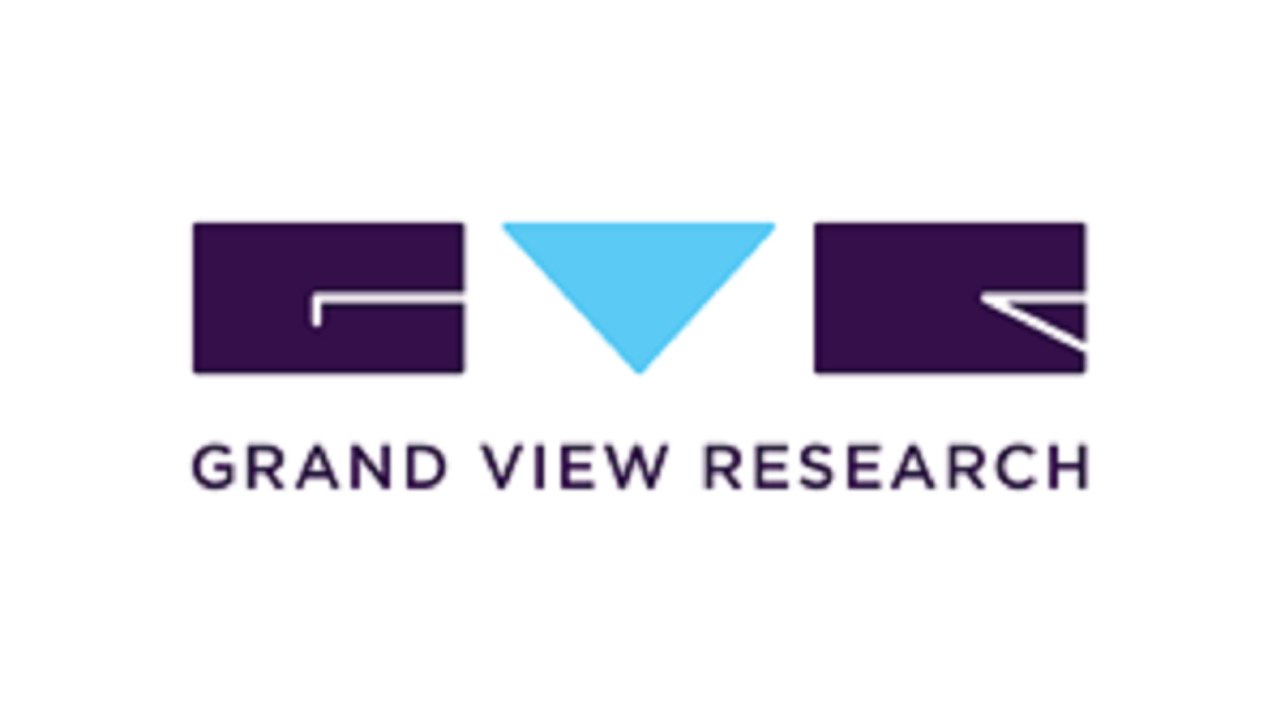The global lighting market size was estimated at USD 151.7 billion in 2024 and is projected to reach USD 223.3 billion by 2030, growing at a CAGR of 7.2% from 2025 to 2030. This steady growth is largely driven by increasing urbanization, the demand for energy-efficient technologies, and the widespread adoption of smart lighting systems.
Conventional lighting technologies, such as incandescent and halogen bulbs, are gradually being replaced by LED lighting. LEDs have become the dominant choice in the market due to their enhanced energy efficiency, extended service life, and cost-effectiveness. Additionally, government initiatives promoting sustainability and energy conservation have accelerated the transition toward LED and smart lighting in residential, commercial, and industrial settings. The ongoing development of smart cities and infrastructure, coupled with the integration of Internet of Things (IoT) technology, is significantly influencing the market's direction.
The evolution of smart lighting systems—incorporating IoT, artificial intelligence (AI), and automation—is transforming how lighting functions in modern environments. These systems enable features like remote control, adaptive brightness, and scheduled operations through mobile devices or voice commands. AI capabilities further enhance efficiency by adjusting lighting based on occupancy patterns and natural daylight. Moreover, the surge in residential and commercial construction, particularly in urban centers, is creating greater demand for advanced lighting solutions.
Smart lighting has become an essential component of smart homes, office buildings, and cities. It not only improves energy efficiency and enhances user experience but also contributes to broader sustainability and environmental goals on a global scale.
Key Market Trends & Insights:
• In 2024, North America contributed significantly to the global lighting industry, accounting for a revenue share of over 21%. This strong regional presence highlights the mature infrastructure, advanced technology adoption, and high demand for modern lighting solutions. Within the region, the United States is anticipated to witness substantial growth from 2025 to 2030, driven by increasing residential and commercial developments, coupled with the growing adoption of smart and energy-efficient lighting technologies.
• From a product perspective, LED lighting held a dominant position in the global market, representing over 58% of the total revenue share in 2024. The segment’s popularity stems from LEDs’ superior energy efficiency, longer operational life, and declining costs, which have made them a preferred alternative to traditional lighting technologies.
• In terms of end-use applications, the residential sector accounted for the largest revenue share—over 42% in 2024. This reflects the growing trend of smart home adoption and the increasing replacement of outdated lighting systems with advanced LED and connected lighting products.
• Regarding distribution, the offline segment—comprising brick-and-mortar retail stores, wholesalers, and showrooms—remained the primary channel in 2024, commanding more than 65% of the revenue share. Despite the growth of online platforms, many consumers continue to prefer in-person product evaluation and consultation, especially for home and commercial lighting projects.
Order a free sample PDF of the Lighting Market Intelligence Study, published by Grand View Research.
Market Size & Forecast:
• 2024 Market Size: USD 151.7 Billion
• 2030 Projected Market Size: USD 223.3 Billion
• CAGR (2025-2030): 7.2%
• Asia Pacific: Largest market in 2024
Key Companies & Market Share Insights:
The global lighting industry is highly competitive and features several prominent players, including Acuity Brands, Inc., Signify Holding, OSRAM GmbH, Eaton Corporation, Cree Lighting, Nichia Corporation, GE Lighting, Seoul Semiconductor Co., Ltd., Everlight Electronics Co., Ltd., Hubbell Incorporated, Zumtobel Group, Siteco GmbH, Panasonic Holdings Corporation, Havells India Ltd, and Toshiba Lighting. These companies are actively pursuing a variety of strategic initiatives aimed at strengthening their market positions. Key strategies include the development and launch of innovative lighting products, entering into strategic partnerships and collaborations, and formalizing agreements with industry stakeholders. These efforts are designed to enhance product portfolios, expand market reach, and secure competitive advantages in a rapidly evolving and technologically driven market environment.
Key Players
• Signify Holding
• OSRAM GmbH
• Eaton Corporation
• Cree Lighting
• Nichia Corporation
• GE Lighting
• Seoul Semiconductor Co., Ltd.
• Everlight Electronics Co., Ltd.
• Hubbell Incorporated
• Zumtobel Group
• Siteco GmbH
• Panasonic Holdings Corporation
• Havells India Ltd
• Toshiba Lighting.
Explore Horizon Databook – The world's most expansive market intelligence platform developed by Grand View Research.
Conclusion:
The global lighting market is growing steadily, driven by increased demand for energy-efficient and smart lighting solutions. Factors such as urbanization, government regulations promoting sustainability, and technological innovations like IoT and AI integration are shaping the industry's future. LED lighting leads the market, while smart lighting adoption is expanding across residential, commercial, and industrial sectors. Major players focus on innovation and partnerships to stay competitive.


